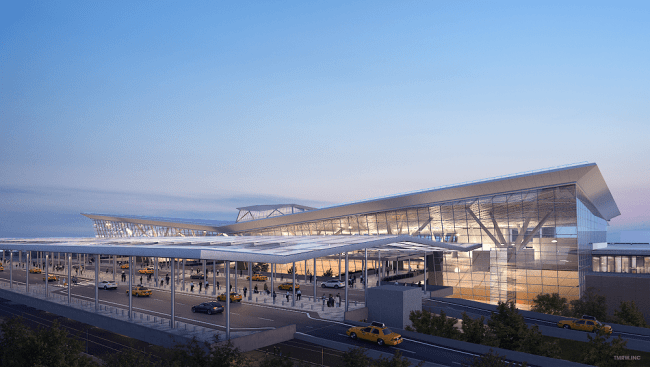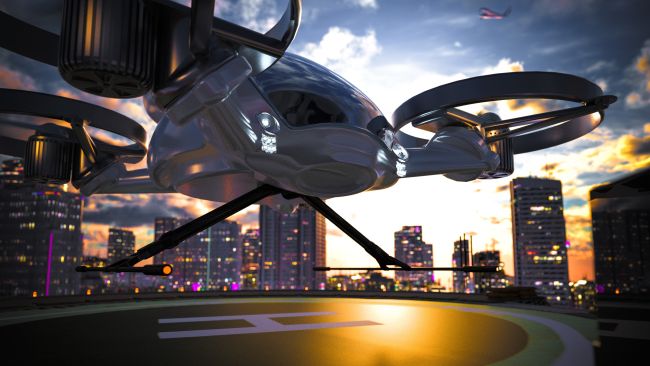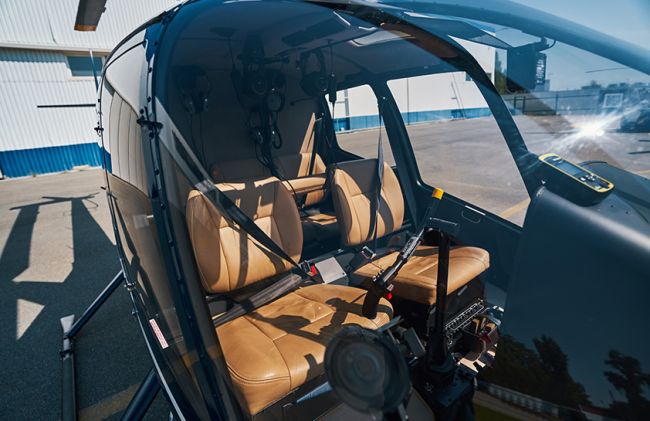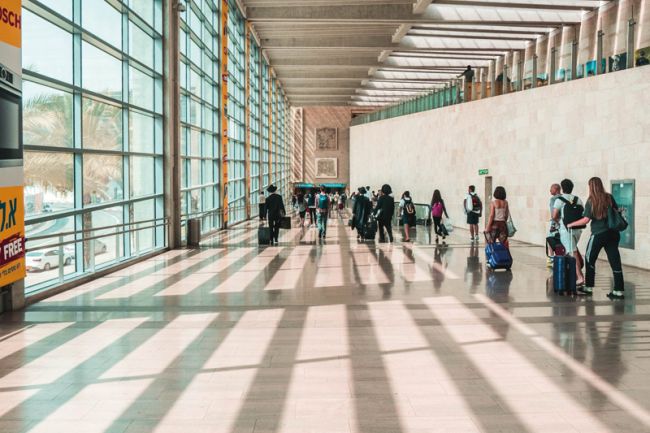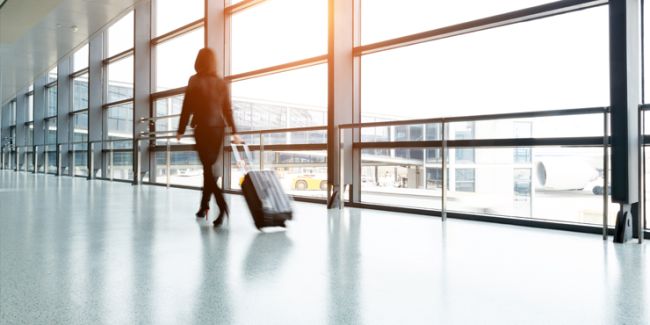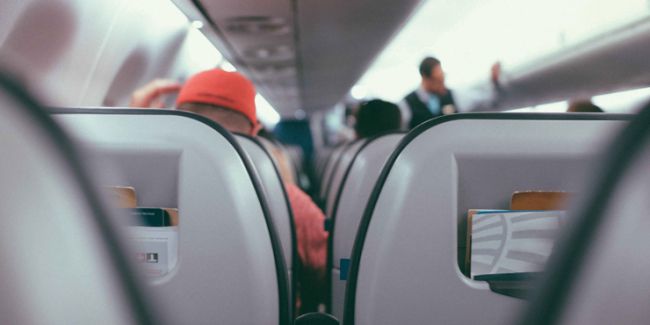The future of aviation
In 2014 commercial aviation celebrated its 100 year anniversary – from the first scheduled flight in January 1914.
In 2014 commercial aviation celebrated its 100 year anniversary – from the first scheduled flight in January 1914, transporting passengers (one at a time!) across the Tampa Bay, Florida, the global commercial aviation sector now undertakes 32 million flights per year, carrying over 3 billion passengers.
Commercial airlines today face considerable stress, with economic pressures and increasing expectations from passengers for a faster, more comfortable experience, and from broader society for operations to be quieter and more environmentally friendly. Industry thinkers consider that these issues will continue to feature prominently in aviation into the longer-term future, as well. We highlight a number of the hypotheses that industry innovators suggest will be at the forefront of global aviation over the next 50 years.
Environment and sustainability
Manufacturers will be constructing more and more environmentally friendly aircraft, by developing features such as eco-climb, which helps planes reach cruising altitude more efficiently, and free glide approaches and landings which reduce noise and fuel burn emissions. However, improved efficiency will not come from on-board technologies alone. As Airbus estimates, flights could on average be around 13 minutes shorter if Air Traffic Management (ATM) systems and technology on the ground were optimised. Today, this would save around 9 million tonnes of excess fuel globally per year, which equates to over 28 million tonnes of avoidable CO2 emissions and a saving for passengers of over 500 million hours of excess flight-time on board aircraft.
Future technologies today
The technologies emerging in driverless cars, such as moving the car and passenger out of a lane on the highway and applying brakes if there is imminent risk of an accident, can also be seen in today’s aircraft. For example, Garmin's ESP (electronic stability and protection) system, built into its newest cockpits, will nudge the flight controls when pilots are hand-flying if there is cause for concern, such as low speed on the base-to-final turn.
In addition, some pilots are using technology developed for broader consumer use, such as Google Glass. Such technologies can be used for a number of flight-related functions, including completing electronic checklists, viewing charts and maps, and calling up weather information.
Innovations in materials technology will also contribute to the development of the aviation industry. The use of bionic structures (mimicking nature’s engineering) will be enabled by 3D printing, allowing aircraft parts to be formed in complex, organic shapes from light-weight composite materials that have not been available using traditional manufacturing techniques.
Next generation: sub-orbital flights
Sir Richard Branson, president of Virgin Atlantic Airways, is already setting the scene, stating that flights from London to Sydney in under two hours will be possible in his lifetime, with minimal environmental impact. Under the Virgin Galactic model, a passenger aircraft would be carried to just over 50,000 feet by a transporter before detaching and climbing further to just over 360,000 feet.
At this altitude, the atmosphere is thinner and friction from the air lower, so the passenger shuttle can reach hypersonic speeds before turning off its engines and gliding down to its destination. These ambitious plans have been hindered by the fatal accident during a test flight of Virgin Galactic’s SpaceShipTwo on 31 October 2014. While accident investigations are ongoing, the most recent evidence available suggested that the accident was linked to an early release of the vehicle’s feathering mechanism for re-entry (and not related to engine or fuel issues as originally speculated). Virgin Galactic have stated that the organisation will continue to press forward, with the second SpaceShipTwo aircraft two-thirds complete at the time of writing, December 2014.
The challenges of next-generation flight are as significant as ever, and pressures and expectations placed on the aviation industry are likely to continue to evolve along the lines of today’s key issues (safety, price, convenience, environmental impacts). Opportunities exist to develop increasingly creative and innovative approaches for tackling them.


